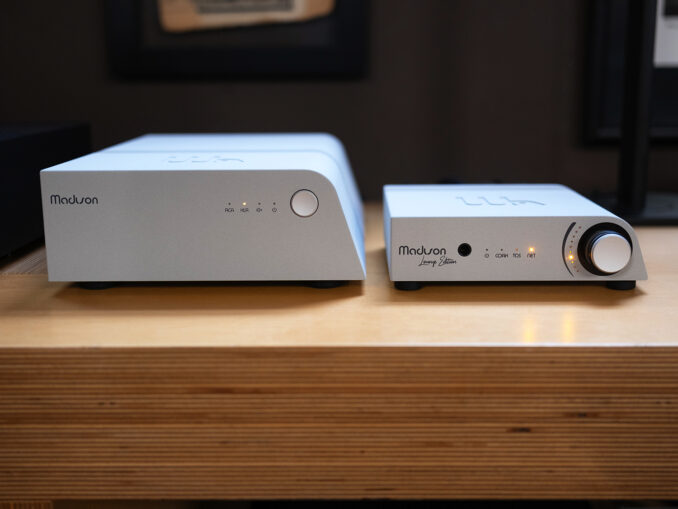
Switzerland’s Wattson Audio makes five products and taking this review into account, I’ve written about four of ’em.
The Emerson Analog (review) was the first Wattson to grace the Barn with its small form factor goodness, a streaming DAC that I still recommend for people looking for a simple, no-nonsense digital solution that sounds great while costing less than $2k.
“…the main thing I want to tell you about the Wattson Emerson ANALOG is that it makes digital music sound inviting, rich, and resolving in a manner that serves the music not the digits.”
Next up was the Wattson Madison Streaming DAC (review) that adds a front panel volume control, a headphone amp, a second D/A chip, and balanced XLR outputs to hit some highlights.
“I love a good streaming DAC and the Wattson Madison is better than good. Its combined strengths of musically illuminating clarity and refinement invited me into whatever worlds the music presented.”
So far so good.

The Wattson Madison LE (Lounge Edition) is the company’s flagship streaming DAC. Here’s Wattson on what the LE brings to the table:
We began by re-engineering the power architecture within the main chassis. By doubling the power supply capacitance and upgrading to premium-grade capacitors, we achieved a significant reduction in noise and improved voltage stability. These refinements provide a cleaner, more resilient electrical foundation—critical for unlocking greater dynamic nuance, tonal clarity, and musical realism.
Wattson’s fully balanced differential design uses two pairs of op-amps per channel, optimizing the interface to the DAC chips and enhancing its ability to drive connected power amplifiers. Additionally, we upgraded the critical coupling capacitors between the DAC chips and the analog output stage, improving transparency. The result is not just a technical achievement but an elevation in the realism and emotional impact of the listening experience.
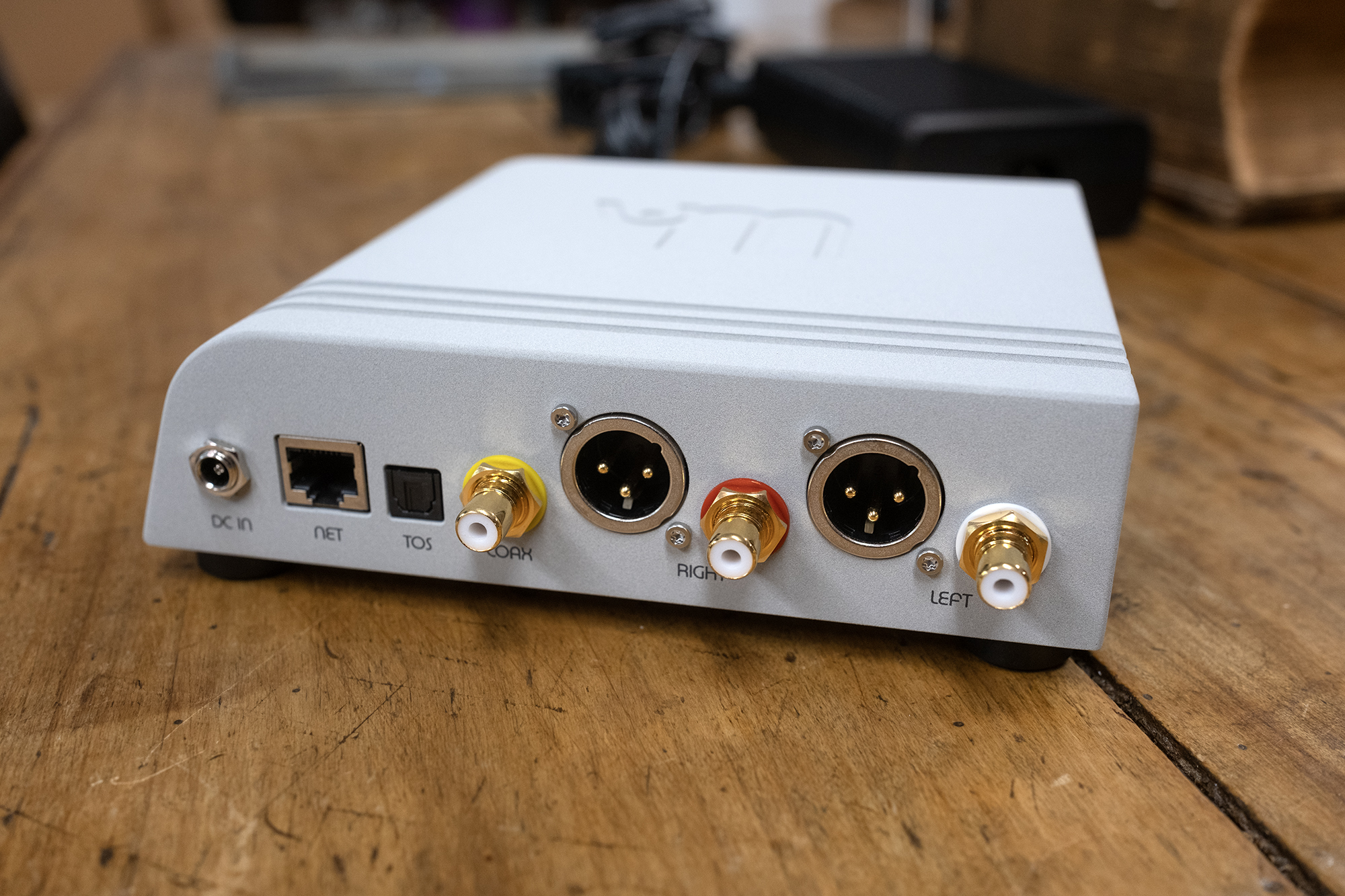
Connectivity wise, the Madison and Madison LE are twins with both offering a Roon and UPnP/DLNA ready Ethernet input and two digital inputs (Coax, Toslink) joined by single-ended RCA and balanced XLR outputs. DC In connects to the included medical-grade external power supply. Inside resides the company’s proprietary streaming engine built around the highly capable Sitara processor from Texas Instruments and powered by our own updatable software, Wattson’s proprietary clocking system featuring two ultra-low-phase noise oscillators—one for 44.1kHz and its multiples, and another for 48kHz and its multiples, a Shark DSP processor which runs the sophisticated up-sampling and spline-filtering algorithm with a short-tail filter. A pair of Wolfson WM8742 DACs, one per channel, take care of D/A duties.

The Madison LE’s front panel offers a 1/4” headphone jack, status lights for the inputs, and a nice volume control with two black rubber bands for better grip and LEDs that light up to indicate output level.
The Madison LE can be controlled in a number of ways including Roon which is my preferred interface to the world of digital music served or streamed, Wattson’s own Music Controller app for iOS or the Wattson Remote for Android, Audirvāna, Tidal or Qobuz Connect, or your UPnP player of choice. While I went with Roon for the bulk of the review period, the Wattson app is very user friendly (and free) and for people who just stream, with no locally stored files, Qobuz and Tidal Connect are very nice options to have at hand.

In addition to controlling music playback, the Wattson Music app also allows for input selection, volume control (as does Roon and the Connect apps), access to the “Acoustic correction of speakers position” settings (Free field, Near a wall, In a corner), and front panel brightness control.
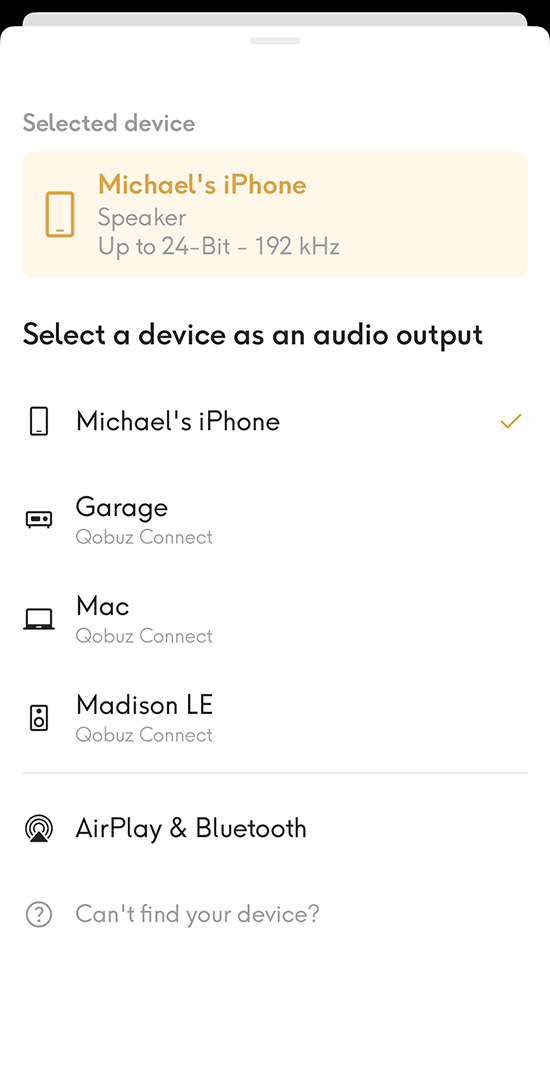
If you’ve never used Qobuz or Tidal Connect, it couldn’t be easier. When in the app either on a smartphone or computer, play a track, tap or click on the “Audio Output” icon, and select the device you want to play to. Easy peasy and it’s worth noting that music is streamed from the service directly to the device.

The Wattson Madison Amplifier emerged from a collaboration between Wattson’s engineers and CH Precision. From Wattson:
CH Precision’s expertise in ultra-linear amplification and circuit design ensures that Madison inherits the sonic purity, speed, and control found in reference-level electronics, while Wattson’s approach emphasizes elegant simplicity, compact form, and sustainable craftsmanship. As you may know, CH Precision acquired Wattson back in 2024 and the Madison Amplifier is their first official collaboration. That being said, I think it’s also safe to say that there’s some CH DNA in that sophisticated up-sampling and spline-filtering algorithm.
The Madison amp is a true dual-mono design offering 50 Watts of low-feedback Class AB power into 8 Ohms when run in stereo mode—which is how I used it—but you can also opt to go Mono mode for more complex loads or Bi-amplification mode which routes the input signal to both output channels for vertical bi-amplification, enhancing dynamics, resolution, and control without added complexity.

In addition to the expected suspects around back including RCA and XLR inputs and a pair of binding posts we find three toggle switches offering options I am always happy to see—a 3-position switch to change the Madson Amp’s output impedance (2, 4 and 8 Ohm) to match your speakers, a 2-position gain switch to mate to the incoming signal’s output level, and the Mode switch offering Stereo, Mono, and Bi-Amp as described above.

Like every other piece of Wattson kit, the Madison Amplifier and LE Streaming DAC come housed in a chassis milled from a solid chunk of aluminum with an angled and curved right side, giving both some nice heft and a very solid feel. I like the light gray sandblasted matte finish for its feel and the way it captures light while not highlighting dust and smudges from sticky fingers. To my eyes (and ears), they also make a compelling argument as a matched pair.
I ran the Wattson stack on both sides of the Barn with the resident DeVore Fidelity O/96 (review), the review DeVore O/Bronze (more info), and the review Ø Audio Verdande (more info). All cabling all around is from AudioQuest (see full Barn and system details). I also mixed and matched the Wattson Madison Amplifier with the review Weiss Helios DAC (more info) and the Madison LE streamed through the Barn resident Leben CS-600X integrated amp.
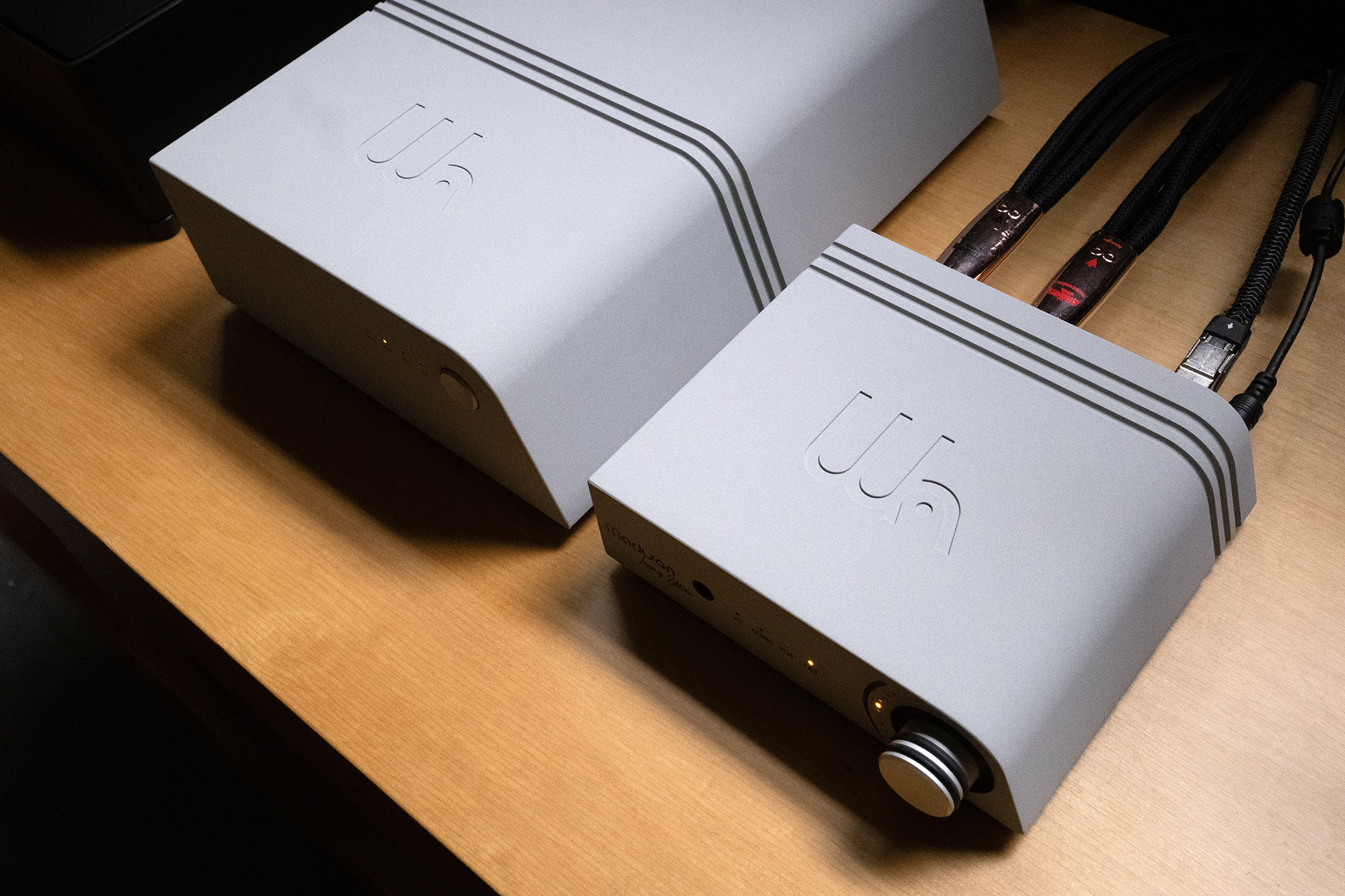
I can now very comfortably say that Wattson Audio has a house sound which I would categorize as pure and sweet, a combination that’s not as common as you might hope for and a combination I enjoy to no end.
Clarity can be a tricky thing. Too much and my attention veers away from music toward sounds, while too little makes music too muddy to fully appreciate. The Wattson stack offered the kind of clarity that draws you in and lets you roam around and delight in both sounds and music, the kind of experience I long for where listening becomes all consuming, rich and rewarding and the Wattson stack offered this kind of deep unrestricted dive with each pair of speakers on hand in Barn. Nice.
Erykah Badu has been on my radar of late, mainly for her upcoming Mama’s Gun 25th Anniversary tour. But I went back to her beginning, listening to her debut Baduizm from 1997 for all its soulful bluesy funk. Album opener “Rim Shot (Intro)” offers the perfect intro to how well the Madison Amp controlled bass and it passed with superb grip and control on the big Ø Verdande with flying colors. While nearly too obvious to type, this music’s moves and movements are essential and the Madison stack proved to be very talented dance partners, bringing dynamic snap!, groove, and elegance to reproduction that drove Badu’s soulfulness home hard. It’s also worth noting that those Impedance options on the Madison Amp came in handy as I found the 4 Ohm setting offered better bass control of the Verdande’s big 15” woofer.
When music replay makes me want to move (you can’t really call what I do ‘dance’) and sing out loud (I’m being generous with ‘sing’), I know it’s because I’m well past reproduction and system concerns, something the Wattson stack proved more than capable of delivering throughout its two and half month visit.
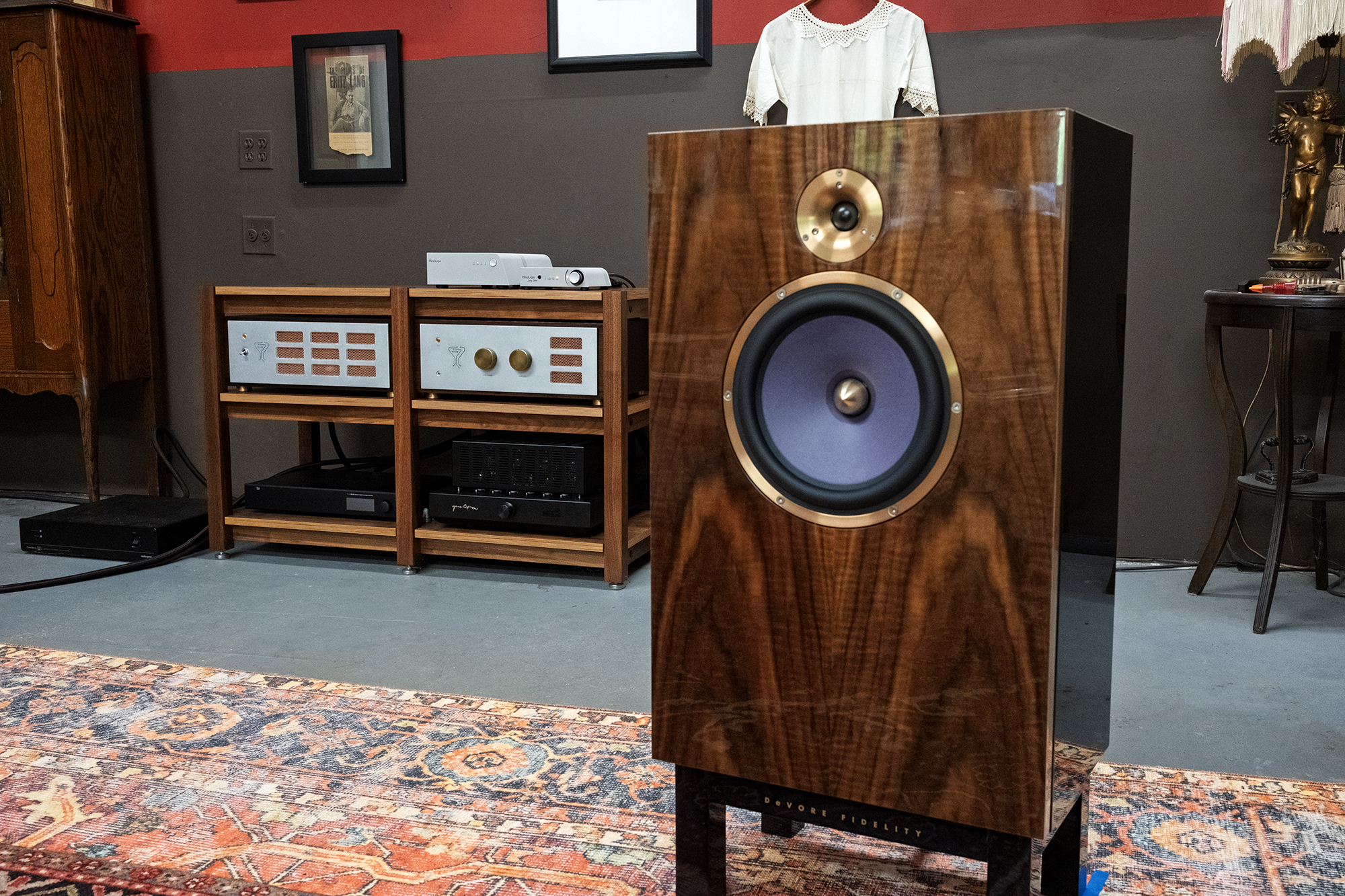
The DeVore O/Bronze with their 10 Ohm impedance preferred the Madison Amp’s 8 Ohm setting and as I’ve already more than hinted at, the O/Bronze are simply better speakers compared to my long-loved O/96 and the Madison stack let the O/Bronze’s outstanding features, there’s more than a few, sing out on the Barn’s B-Side.
Kyiv-born, Tallinn-based violinist and electronic musician Valentina Goncharova recently released Campanelli on Hidden Harmony Recordings in March. This is wildly idiosyncratic music performed by Goncharova rooted in folk with perfectly fitted contemporary classical attire.
From the liner notes:
Drawing upon her compositional skills honed during her academic studies, Valentina expertly manipulates the violin, seamlessly integrating it with synthesizers and drum machines. The result is a mesmerizing fusion of organic and electronic elements, characterized by slow, pulsating drone soundscapes.
Here, through the DeVore O/Bronze, the Madison stack dug deep into the varied sounds and structures, from macro movements to micro swings, giving full voice to this rich compelling saga. With eyes closed well into the evening, the Barn dissolved into Campanelli time, place, and space, an eerie sonic world as wondrous and frightening as most any city or forest just before the dawn. The Madison Amp controlled the O/Bronze with ease and authority, the same can be said about the Verdande, allowing each speaker’s full voice and abilities to move to the fore, driven by the music in play.
While I pretty much love every HTRK (pronounced ‘hate rock’) album, 2014’s Psychic 9-5 Club remains a favorite for its dank sub-basement club vibe. This music is as soothing as it is harrowing, a lovely mix for the intrepid listener. The O/Bronze’s bass can easily rattle the Barn’s loose bits and the Madison Amp had no problem rattling the spiders from their webs thanks to HTRK’s electronic bass bombs. Jonnine Standish’s vocals are about as compelling as it gets for me with her slow husky churn and the Wattson/DeVore combo brought her out into the Barn in live-like form, projected and very nearly embodied in the space between the speakers. The Wattson stack’s superb clarity showed itself here with its ability to render the space of this recording with perfectly defined scale from the tiniest electronic blips to bigger washes of sound making the speakers, hifi, rack, and Barn meld into the strange world of Psychic 9-5 Club.
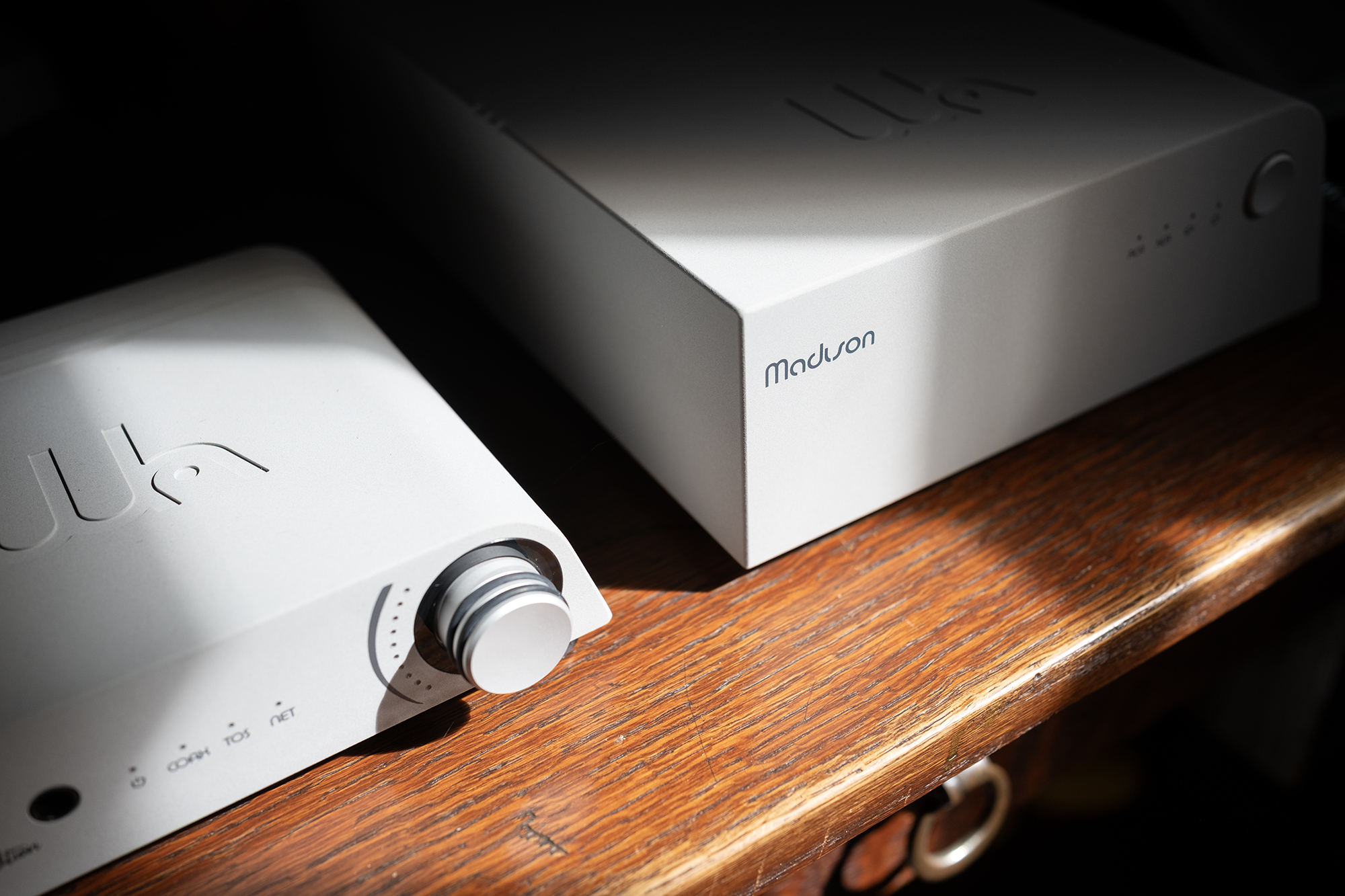
The competition around the Madison Amplifier’s $6500 asking price is fierce and full. A quick look at my list of Favorites finds the less expensive Unison Research Unico 90 Integrated Amplifier (review), the Atoll SDA300 Signature Streamer / DAC / Integrated Amplifier (review), and the Luxman L-505Z Integrated to name just three. Without the benefit of direct comparisons, I would still say the Wattson offers the most pristine sound, that superb clarity I’ve been going on about, where each of the other amps have their own flavor and standout qualities. The Luxman comes closest to the Wattson’s clarity while the Atoll leans toward rich and weighty with the Unison delivering agile brute force.

As you might expect, or at least hope, the more than four times expensive Weiss Helios DAC brought some improvements over the Madison LE mainly in terms of ultimate weight, body, and richness. While I would not call the differences dramatic, which speaks to the quality of the Madison LE, it does suggest that the Madison Amp can easily play in higher leagues. An important point to keep in mind when building a system around the Madison Amp.
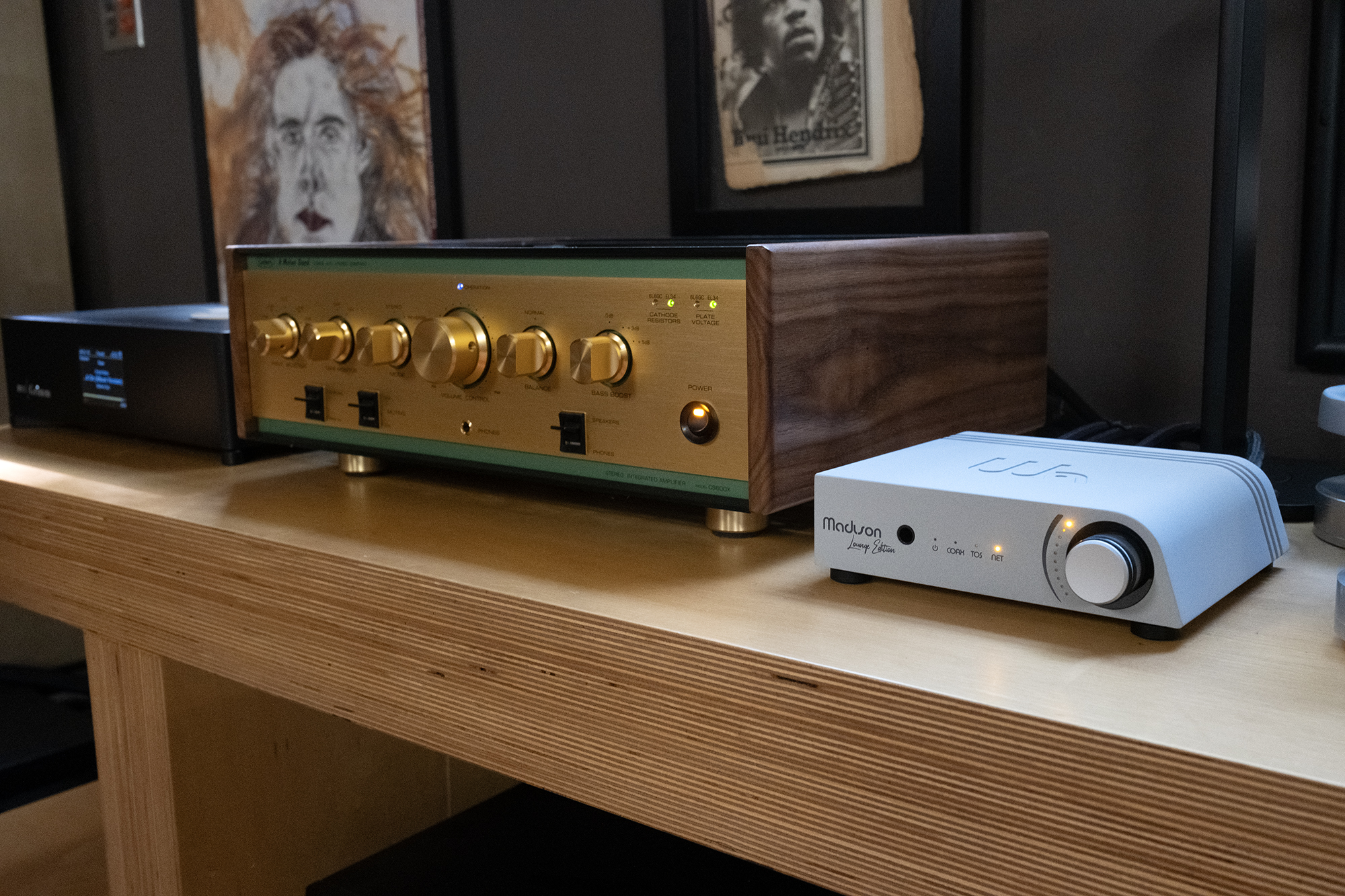
I let the Madison LE feed my Leben CS-600X driving the Verdande, using the Leben’s volume control (with the Madison’s disabled). The Madison LE replaced the Barn resident Grimm MU1 as Roon server and endpoint (review)/totaldac d1-unity (review) combo which costs about five times as much as the Madison LE and the Madison sounded a bit less resolving by comparison as well as bit less adept at presenting a spacious, airy, and detailed sound image. Once again, I would not call the differences dramatic but here I would call them meaningfully important as the much more costly Grimm/totaldac combo brought with its price more musical realism and an even higher level of clarity and control. Granted, $5000 compared to $25,000 is not a fair comparison but I offer it here to point out that sometimes more money buys better sound.
A browse of my favorite streaming DACs for a more real world comparison finds the less expensive Aurender A1000 Music Server / Streamer / DAC / Preamp (review) and with its added functionality, color LCD display, and excellent sound quality gives the Madison LE a run for its money. Since the Aurender left here back in February I cannot offer a direct A/B comparison but people looking for a streaming DAC (and more) in this price range should include the Aurender on their should hear list.
With all that being said, as is the case with everything in hifi, including the drapes, system building and matching comes down to personal preference more than some objective ideal we all must adhere to. I would like to highlight that one aspect of system building can be a no-brainer when using the same company’s separates which is why I only review amp/preamp combinations from the same company. While there are practically an endless number of combinations one can try—this amp with that pre, oh! how about that amp with this pre, and so on—I prefer the same company approach when it comes to amplification. While the Wattson Madison stack throws in a bit of twist on that theme adding a streaming DAC to the preamp, I still appreciate the ‘one mind’ approach that ensures perfect compatibility.
Getting back to the Madison stack, it spent the last days of its stay driving my DeVore O/96, speakers I know better than the back of my hand (whose wrinkled hand is that!). And I picked a favorite album, the self titled Lonely Guest that finds trip hop pioneer Tricky behind the scenes with tracks fronted by a number of vocalists including Lee “Scratch” Perry, Marta, Joe Talbot (of IDLES), and others. This is tasty music as you would expect with Tricky in charge of production with electronic bits perfectly mated to acoustic sounds with each singer lending their own distinct voice and flavor. A beautiful funky stew and the Wattson/DeVore system drove this music home hard with plenty of deep bass impact, real world dynamics, and the full kaleidoscope of sounds that makes this music so compelling.

Here in pure listening mode, well away from comparisons and nit picking parts at the cost of enjoying the whole, the Wattson Madison stack showed off its many strengths, chief among them being the ability to deliver a seamless and rich performance that is at once finely detailed and physically moving with that superb clarity I’ve come to expect from all things Wattson Audio. These qualities, a kind of rich purity and control, allowed every album I played throughout the more than 2 months I had with the Wattson gear to ring out with natural force and grace.

The Wattson Madison stack proved to be cut from a similar sonic cloth as the other Wattson gear I’ve had the pleasure of reviewing. The Madison LE Streamer offers improvements over the regular Madison which offers improvements over the Emerson Analog most notably in terms of resolution and clarity while the Madison Amplifier proved very comfortable driving speakers many times its price with ease and inspired musically engaging results. The Wattson products, most notably with the Madison Amp, now come with CH Precision engineering built in and when all is said and done and listened to, the Madison stack is at the ready to form an essential foundation for a simple, very well-engineered, very nicely built and deeply engaging hifi.
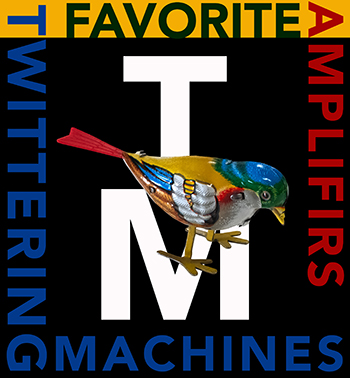
Wattson Audio Madison Amplifier: $6500
Wattson Audio Madison Lounge Edition Streaming DAC: $4995
Company Website: Wattson Audio
Wattson Madison Amplifier Specifications
Input impedance: 100kΩ
Output power: 2 x 50W / 8 Ω; 2 x 75W / 4Ω; 2 x 120W / 2Ω
Bandwidth: 1Hz to 400 kHz (-3dB)
Signal-to-noise, weighted (SNR-A): > 120dB
Harmonic distortion (THD+N, 0dB FS): < 0.05%
Dimensions (W x D x H): 216 x 300 x 87mm | 8.5 x 11.8 x 3.5 inches (without binding posts)
Weight: 6.0kg | 13.25lbs
Power supply: 36V DC 350W external
Wattson Audio Madison Lounge Edition Streaming DAC Specifications
Network streaming resolution: PCM up to 32-bit 384kHz, DSD up to 256x (11,2896MHz)
S/PDIF input resolution: PCM up to 24-bit 192kHz
RCA output level (0dB FS): 2,0V RMS
XLR output level (0dB FS): 4,0V RMS
Signal-to-noise, weighted (SNR-A): > 120dB
Harmonic distortion (THD+N, 0dB FS): < 0,001%
Headphone output: 2x 150mW on 32Ω, 2x 50mW on 150Ω, 2x 10mW on 600Ω
Network input: 100Mbit/s Ethernet
Digital inputs: 1x S/PDIF on RCA connector, PCM and 1x S/PDIF on TOSLink
Analog outputs: 1x unbalanced on RCA connectors and 1x balanced on XLR
Headphone output: 6.35mm Jack connector
Dimensions (W x D x H): 6,9 x 7,3 x 2,1in (174 x 185 x 52mm)
Weight: 2,37 lbs (1075g)
Power supply: 5V DC, external, Wattson Audio hybrid adapter
Power consumption: 50mW (standby), 3,5 W (playing)
